See how National Geographic History magazine inflames and quenches the curiosity of history buffs and informs and entertains anyone who appreciates that the truth indeed is stranger than fiction with a digital subscription today. And that history is not just about our forebears. It’s about us. It’s about you.
FROM THE EDITOR
Kenya’s Monumental City of the Dead • The first glimpse of an ancient culture surprised archaeologists with a rich trove of carefully crafted artifacts found in a necropolis near Lake Turkana.
LEGACY AT THE LAKE
Bright Lights of the Big Screen
The Lumières: Sires of the Cinema • Brothers Louis and Auguste Lumière created the world’s first motion picture in 1895 with their revolutionary camera. The Cinématographe lent its name to a new form of art and entertainment that would forever change modern culture.
DOUBLE FEATURE
COME ONE, COME ALL
LA VIE EN ROSE
The Violin: From Fiddle to First Chair • Strummed, plucked, or bowed, violins have been making music for centuries, whether backyard bluegrass or classical concertos.
FIRST AMONG INSTRUMENTS
FINDING THE FIRST WORDS • The Roots of Indo-European Languages
ALL IN THE FAMILY • Languages in the 10 primary branches of the Indo-European tree began to be widely spoken in different eras.
STRIKING COMPARISONS
THE POWER OF THREE
SOMETHING IN COMMON • About 440 living languages around the world share Indo-European roots, and similarities between terms and concepts can be striking. An asterisk before an Indo-European root indicates that these words are reconstructions supported by evidence other than script or writing.
ROOTS AND BRANCHES • Linguists identify 10 main branches that sprang from Indo-European, in turn leading to multiple subbranches, many of which are shown here. Like any ancient tree, some branches still thrive, while others have withered and faded.
LAW AND ORDER IN THE NEW KINGDOM • Reflecting the order of the cosmos, a pharaoh’s duty was to instill justice on earth. He created laws as the need arose, even pronouncing judgment after death, through the mouth of oracular statues.
MAAT’S SACRED BALANCE
JUSTICE IN A NEW KINGDOM
DIVINE PUNISHMENT
FORCED CONFESSIONS
LABOR AND THE LAW
THE HARSHEST PUNISHMENTS
THE LAST WORDS OF CICERO • In 43 b.c. two Roman soldiers stopped a litter near the port of Gaeta. Inside sat a 64-year-old man: Rome’s greatest orator, the republic’s last champion, and the recipient of a death sentence from Mark Antony.
CHAMPION OF THE REPUBLIC
A LONG LEGACY
CICERO VERSUS MARK ANTONY
MISSED OPPORTUNITY
FULVIA’S FURY
THE REAL ROBIN HOOD • JUST AS CAPTURING ROBIN HOOD FRUSTRATES THE SHERIFF OF NOTTINGHAM, PINNING DOWN THE ORIGINS OF A FOLK HERO CHALLENGES SCHOLARS. APPEARING IN BALLADS, POETRY, AND FOLK TALES, THE PRINCE OF THIEVES TOOK ON NEW GUISES AND FORMS AS HE CHANGED WITH THE TIMES.
MERRY MEN
LONG LIVE ROBIN HOOD!
THE REAL SHERWOOD FOREST
ANOTHER ADVERSARY
BANDITS ON THE BIG SCREEN
IN LIVING COLOR • A Gest of Robyn Hode, a popular ballad about the outlaw, began being printed in the 15th and 16th centuries. Many of its events show up in later tellings of Robin Hood, such as the 1917 work written by Paul Creswick and illustrated by N. C. Wyeth, whose vivid artworks, reproduced here, brought Robin Hood to life.
THE INQUISITION’S THREE CENTURIES OF FEAR • All people in Spain—whether monks or Moriscos, men or women, converted Christians or covert Jews—lived in fear of the Spanish Inquisition for more than 350 years.
FAITH AND OPPRESSION
FIVE VICTIMS OF THE INQUISITION • The chilling scrutiny of the Spanish Inquisition...
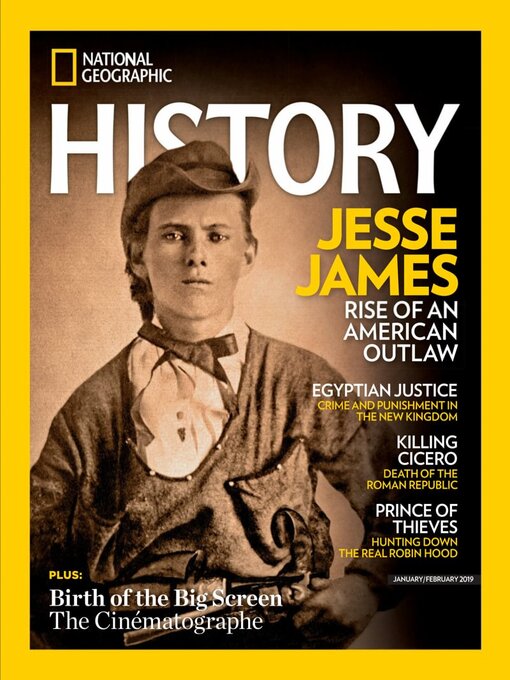
 March/April 2024
March/April 2024
 January/February 2024
January/February 2024
 November/December 2023
November/December 2023
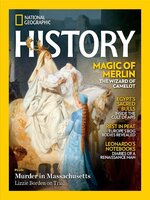 September/October 2023
September/October 2023
 July/August 2023
July/August 2023
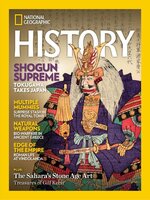 May/June 2023
May/June 2023
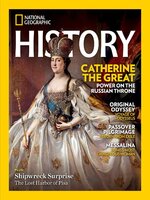 March/April 2023
March/April 2023
 January/February 2023
January/February 2023
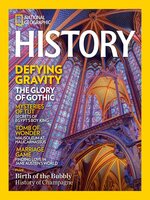 November/December 2022
November/December 2022
 September/October 2022
September/October 2022
 July/August 2022
July/August 2022
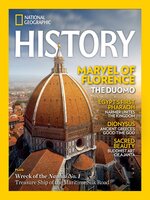 May/June 2022
May/June 2022
 March/April 2022
March/April 2022
 January/February 2022
January/February 2022
 November/December 2021
November/December 2021
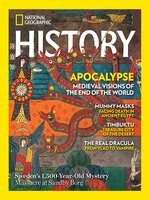 September/October 2021
September/October 2021
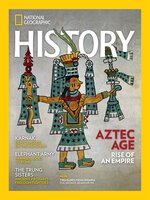 July/August 2021
July/August 2021
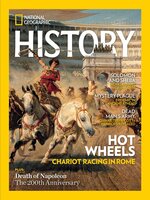 May/June 2021
May/June 2021
 March/April 2021
March/April 2021
